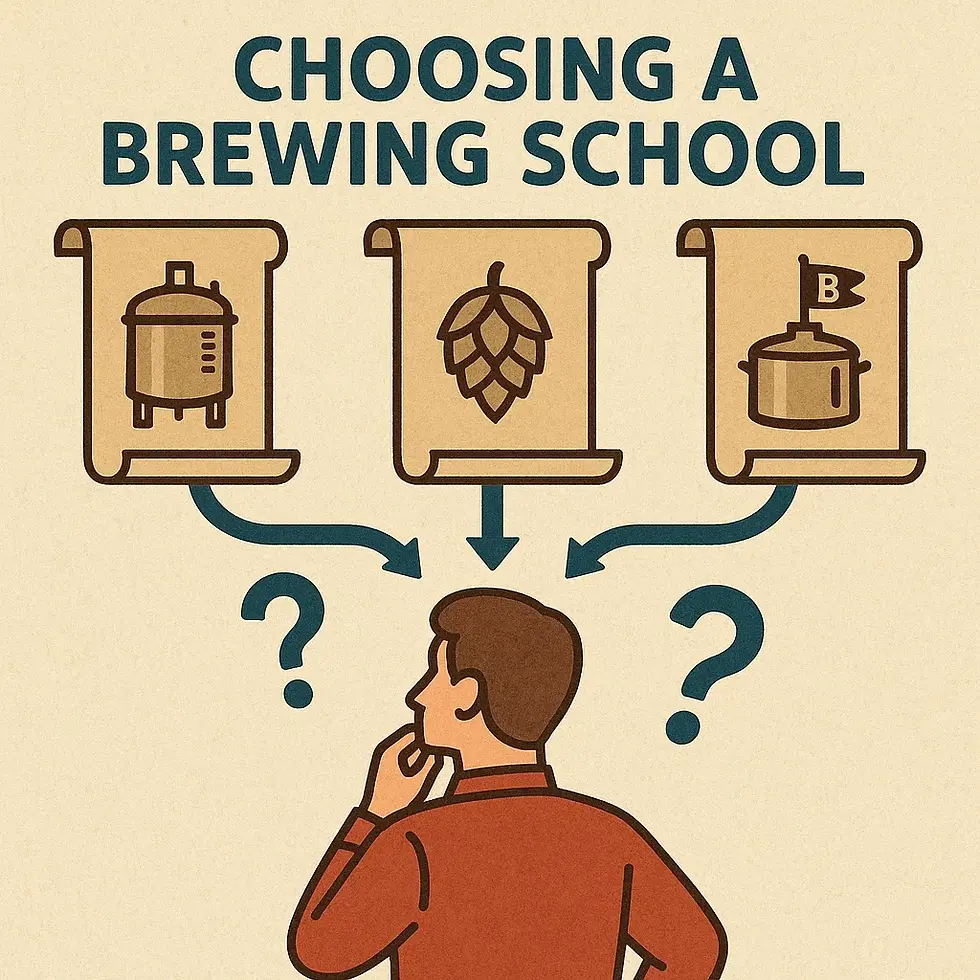From Pale Ales to IPAs: Unraveling the Hoppy Delights of Craft Beer
- Umang Nair
- Jul 31, 2023
- 2 min read

Today, we're taking a deep dive into the fascinating and flavorful universe of India Pale Ales (IPAs) and Pale Ales. If you've always wondered about the differences between these two popular types of beer, this article is brewed just for you. So grab a pint, sit back and let's hop right into it!
The lines between IPA and Pale Ale at first glance may seem blurred, but they have a lot of differences between them. There are 3 main differentiating factors such as Hop Intensity, Alcohol Content, and the bitterness-malt ratio.
It all started with the origin of the Pale Ale, and then after many years it made way for the IPA. Pale Ales were made with a balanced Hop flavor like citrusy or fruity but not as robust and overpowering bitterness while IPAs have a stronger and prominent Hop intensity featuring a diverse range of flavors like floral, citrus, piney or resiny.

Pale Ales are generally lower in alcohol content, usually falling between 4% to 6% while IPAs are stronger having an alcohol percent around 5% to sometimes going up to 7%, although there has been an emergence of session IPAs being less than 5% too.
When we talk about bitterness Pale Ales are low in bitterness while offering a more balanced flavor profile with the malt and hop in harmony, whereas IPAs are known for their pronounced bitterness with a strong malt backbone.
Demystifying Hoppy Beers : You might be asking, “What makes a beer hoppy?” and “How do I begin to appreciate the strong flavors if IPAs and Pale Ales?”. Hoppy beers are characterized by flavors which are due to a high usage of hops resulting in flavors and aromas derived from those hops, ranging from tropical, piney, resinous and fruity notes in American Style IPAs and Pale Ales to floral, herbal and spicy in English Style Pale Ales. If you’re new to hoppy beers, we recommend starting with a beer which is lower on the International Bittering Units (IBU) scale, like a session Pale Ale or an IPA to gradually introduce your palate to hoppier flavors. Starting with a beer on the lower end of the IBU scale can make the introduction to IPAs and Pale Ales smoother. It's all about personal preference and gradually training your palate to appreciate the diverse flavors in these beers.
Pairing IPAs and Pale Ales with Food : IPAs and Pale Ales, with their strong flavors and bitterness, require thoughtful pairing with food. If you enjoy spicy food, it can accentuate the bitterness in the beer, making it a great pairing for IPAs. On the other hand, a salad or something cheesy can work well with an IPA, as it doesn't overpower your palate, allowing you to enjoy both the beer and the food.
We hope this blog post has provided you with some insight into the world of IPAs and Pale Ales. Whether you're a seasoned beer enthusiast or a rookie, exploring the realm of hoppy beers can be an exciting journey. Remember, the world of beer is vast and diverse, and there's always a new flavor waiting to be discovered. So, here's to exploring, appreciating, and enjoying the hoppy universe of IPAs and Pale Ales. Cheers!



Comments